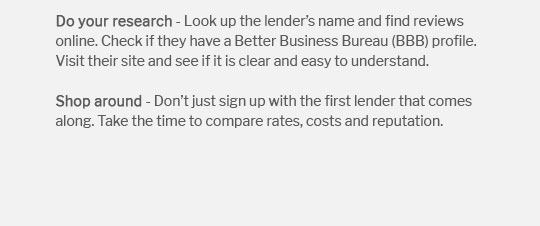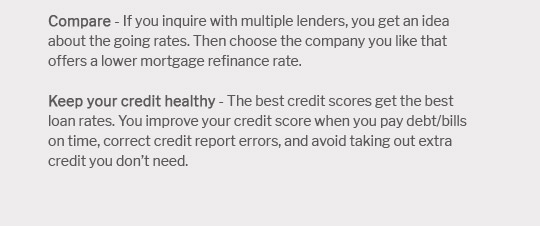 |
|||
 |
 |
 |
||
|---|---|---|
 |
||
 |
||
 |
||
 |
||
 |
 |
 |
 |
Understanding VA Refinance Rates for a 30-Year Fixed MortgageRefinancing your mortgage can be a beneficial financial move, especially for veterans and active-duty service members considering a VA loan. One popular option is the 30-year fixed refinance, which offers stability and long-term financial planning. In this article, we'll explore the nuances of VA refinance rates, compare them to other loan types, and answer common questions. What Are VA Refinance Rates?VA refinance rates refer to the interest rates applied when refinancing a VA loan. These rates are typically lower than conventional loan rates due to the backing by the Department of Veterans Affairs, which reduces risk for lenders. Factors Affecting VA Refinance Rates
Comparing VA Refinance OptionsWhen considering a VA refinance, there are different paths to explore. The most common options are the Interest Rate Reduction Refinance Loan (IRRRL) and cash-out refinancing. Each has unique benefits and considerations. Interest Rate Reduction Refinance Loan (IRRRL)The IRRRL, often referred to as a 'streamline' refinance, allows you to replace your existing VA loan with a new one at a lower rate. It's a simple process with minimal paperwork and no appraisal requirement. Cash-Out RefinanceThis option enables you to take out a new mortgage for more than you owe and keep the difference as cash. It’s useful for home improvements or paying off debt but involves a more complex process. Learn more about the ways to refinance your home to decide which suits your needs. Advantages of a 30-Year Fixed VA Refinance
Costs Associated with VA RefinancingRefinancing costs can vary, but common expenses include closing costs, appraisal fees, and potential funding fees. It's essential to weigh these costs against potential savings. For more details, check out the average cost to refinance home loan. Frequently Asked Questions
https://www.mortgagenewsdaily.com/mortgage-rates/30-year-va
Find average mortgage rates for the 30 year VA fixed mortgage from Mortgage News Daily rate survey. https://www.nerdwallet.com/mortgages/mortgage-rates/virginia
Today's mortgage rates in Virginia are 7.081% for a 30-year fixed, 6.153% for a 15-year fixed, and 7.167% for a 5-year adjustable-rate mortgage (ARM). Check out ... https://themortgagereports.com/va-mortgage-rates
For instance, one lender might offer 30-year fixed VA rates starting at 3.0% on the same day another lender is offering 2.5%. To find the lowest current VA ...
|
|---|